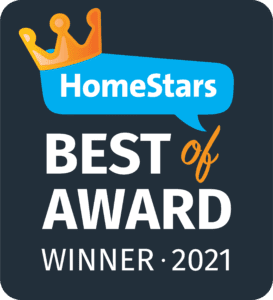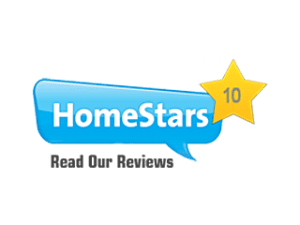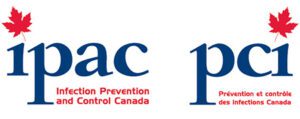How do you define normal mold exposure.
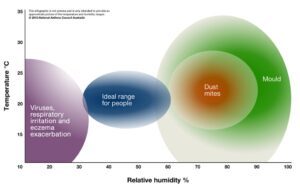
How do you define normal mold exposure
How do you define normal mold exposure? Over the lifespan of this blog we have attempted to provide you with definitive fact-based data as it relates to mold. We have discussed many of the significant health issues it poses when exposed on even a casual basis and presented a number of various reports and studies that confirm that mold and mold-related contamination is at the root cause of many upper respiratory illnesses.
We thought that presenting fact-based data of a recent air quality study of 68 homes would give you a better understanding as to what type and the amounts of mold would a typical home would carry in the air.
A Few Basic Assumptions
When considering your exposure to environmental molds doctors and medical practitioners use a baseline assumption that your exposure is at a constant rate. In reality, your exposure on any given day is sporadic and is dependent upon a number of factors including the amount of outdoor activity, the season / climate / geographic location and the amount of vegetation.
Molds are generally to be considered to be an important cause of asthma and allergic rhinitis. When in contact with your mucous membranes it is believed that this contact will be relatively brief and that your body will typically clear them as it would when it has been exposed to pollen or dust.
For some mold spores this is the case however, some mold species are capable of sustained mold growth within your mucous membranes at 37 degrees Celsius. In fact, colonization by certain species of molds may be sustained and even increase within the body.
Mold spores are very complex packets of chemicals that contain a wide variety of enzymes and toxins. Inhaled mold materials could act through a variety of mechanisms, including inflammation and allergic reactions.
Interpretation of Data
Much effort has been directed towards defining “normal mold spore exposure”, indoor and outdoor factors of importance in determining indoor mold levels, and clarifying indoor conditions that significantly alter mold exposure.
To properly understand the following data you should understand how the data was arrived at.
Virtually all the data shown below is from a survey of middle to upper class families living in Washington State in the United States, on a similar geographical plane as Southern / Central Ontario. Surveys of these homes were performed during stable periods of weather and were not conducted during periods of rain, snow or wind.
Patients were asked to avoid changes in their usual pattern of cleaning and housekeeping. Most patients, however, had been instructed in general dust control and were to some degree attempting to comply with these instructions.
Presentation of Data
This study looked at a total of 68 homes and outlined, in detail, a typical homes spore counts and species.
Mold Type Percent of Homes Range of Spores
In which Mold Isolated per Sq. Meter
Cladosporium 100 12-4637
Pemicillium Species 91.2 0-4737
Nonsporulating mycella 89.7 0-494
Alternaria 87.0 0-282
Streptomyces 58.8 0-212
Epicoccum 52.9 0-153
Aspergillus species 48.5 0-306
Aureobasidium 44.1 0-294
Drechalera 38.2 0-94
Cephalosporium 36.7 0-59
Acremonium 35.3 0-188
Fusarium 25.0 0-47
Botrytis 23.5 0-54
Aspergillus niger 19.1 0-59
Rhizopus 13.2 0-24
Rhodotorula 11.8 0-29
Beauvera 10.3 0-12
Chaetomium 8.8 0-47
Outside factors that appeared to effect the indoor mold spore level include marked shade areas, marked levels of organic debris near the home and natural of basically uncared for property.
Outdoor levels of shade had the greatest effect on the mean indoor viable mold spore levels. Statistically significantly higher indoor mold counts were also noted when there were increased amounts of organic debris near the home. Homes without formal landscaping, or where there was no attempt at maintaining the landscaping, had increased levels of indoor mold spores.
There were two (2) indoor characteristics that were associated with statistically lower levels of spore counts. The greatest effect was noted with central electrostatic filtration. A very significant effect was also observed in homes where there is good compliance with dust control. Here’s a handy link to one of our internal blog posts that will help you understand the link between higher indoor humidity levels and normal mold levels in your home, https://mapleleafmold.ca/mold-relative-humidity/
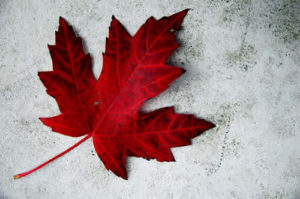

Maple Leaf Mold Inc. is a certified mold / asbestos removal and biological disinfection / air analysis company located in Toronto that uses certified IICRC technicians for all testing and remediation projects.
We are a professionally licensed firm experienced in testing, verifying and removing Mold / Asbestos / Lead and other environmental contaminants as well as providing disinfection services to control and kill biological contaminants.
Call 416-254-7256 to talk with us about your issue anytime.
